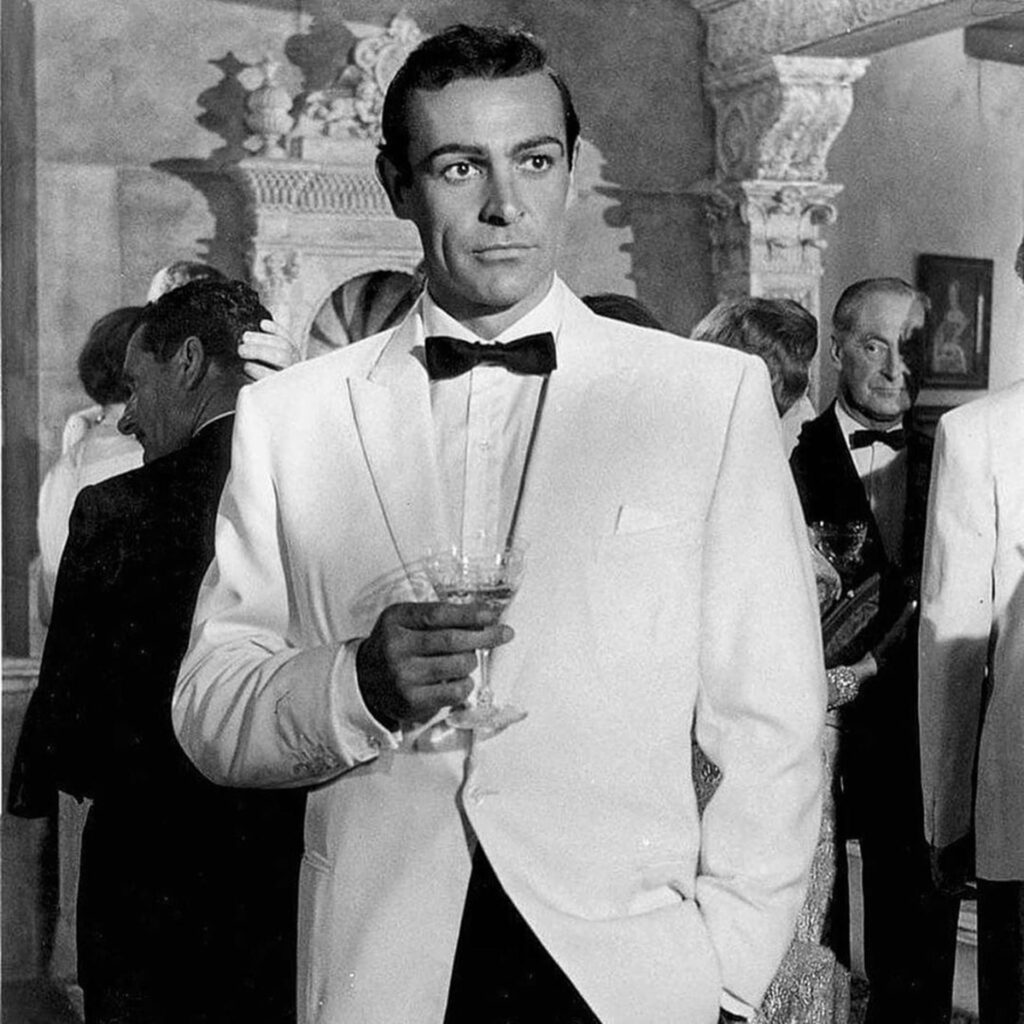
I can remember when I was younger watching old black and white movies on TV. I was impressed by the elegant ladies in evening gowns and the suave men in tuxedos. They looked so sophisticated sipping crystal clear martinis while smoking cigarettes. A few years later it was James Bond in a white dinner jacket instructing the bartender “Shaken not stirred.” Oh boy, I couldn’t wait to get my first martini, but I must confess, it is an acquired taste.
The martini is a very simple drink, only two ingredients. Yet so many bartenders make it so badly. There are as many recipes as there are martini drinkers and each is sure that his or hers is the best. Although, unless they’re using my recipe, they’re probably wrong.
So here it is:
Five parts gin. (Yes, gin)
One part vermouth.
So how can you go wrong? For one thing you can skimp on the ingredients. Go for quality not price.
For gin I use Plymouth or Tanqueray. A gin that is too smooth will give a bland drink. A gin that has too many botanicals will give a muddy drink. There are a lot of new craft gins on the market. Most of them command an elevated price. While some are quite good, others can best be described as awful. While you are learning your martini basics, stick to the classic London Dry Gins. If you have any questions, contact The Grumpy Doc. I’ve tried most of them and of course, you know I have an opinion.
For vermouth I use Noilly Prat or Dolin (harder to find). The single biggest mistake of the novice martini maker is to follow the recipe found in many bar guides that calls for a 2:1 gin to vermouth ratio. This leaves you tasting a drink that like it can’t decide what it wants to be. Some people are vermouth minimalists. They either leave it out all together or add only a few drops. Vermouth adds complexity (I know, a nerd word) and without it you have a glass of chilled gin. If that’s what you like, fine. Just don’t call it a martini.
Now for the garnish. The short answer is: “I don’t use one.” I don’t like anything distracting from the crisp flavor of a properly proportioned martini. The classic picture is always two olives on a cocktail pick. But unless you can find olives packed in vermouth, even a small amount of brine will ruin the drink. (Don’t get me started on that crime against nature, the dirty martini.) Occasionally on a hot summer day when I’m on the deck I’ll add a lemon twist, but it can overwhelm the drink.
Finally, we come to Mr. Bond’s instruction. Sorry 007, it’s not shaken. But you weren’t entirely wrong; it’s not stirred either. It’s poured. Mix your martini and pour it into a flask or a cocktail shaker (without ice) and put it in the freezer until it looks like it is starting to thicken. Don’t worry, it won’t freeze. So why poured? If either shaken or stirred for too little contact with the ice, you’ll get a warm drink, and no one wants that. Too much contact with the ice results in a diluted drink. If you like a little dilution in your martini (misguided though that may be) add a tablespoon of water to your mix. Depending on the ice for dilution leaves too much to chance.
Finally, don’t forget to put your glass in the freezer as well. The only thing that keeps your drink cold is the initial chill on the liquid and the glass. A stemmed glass will keep it cold longer; just remember to hold it by the stem.
The Grumpy Doc says “Cheers.”

Leave a Reply